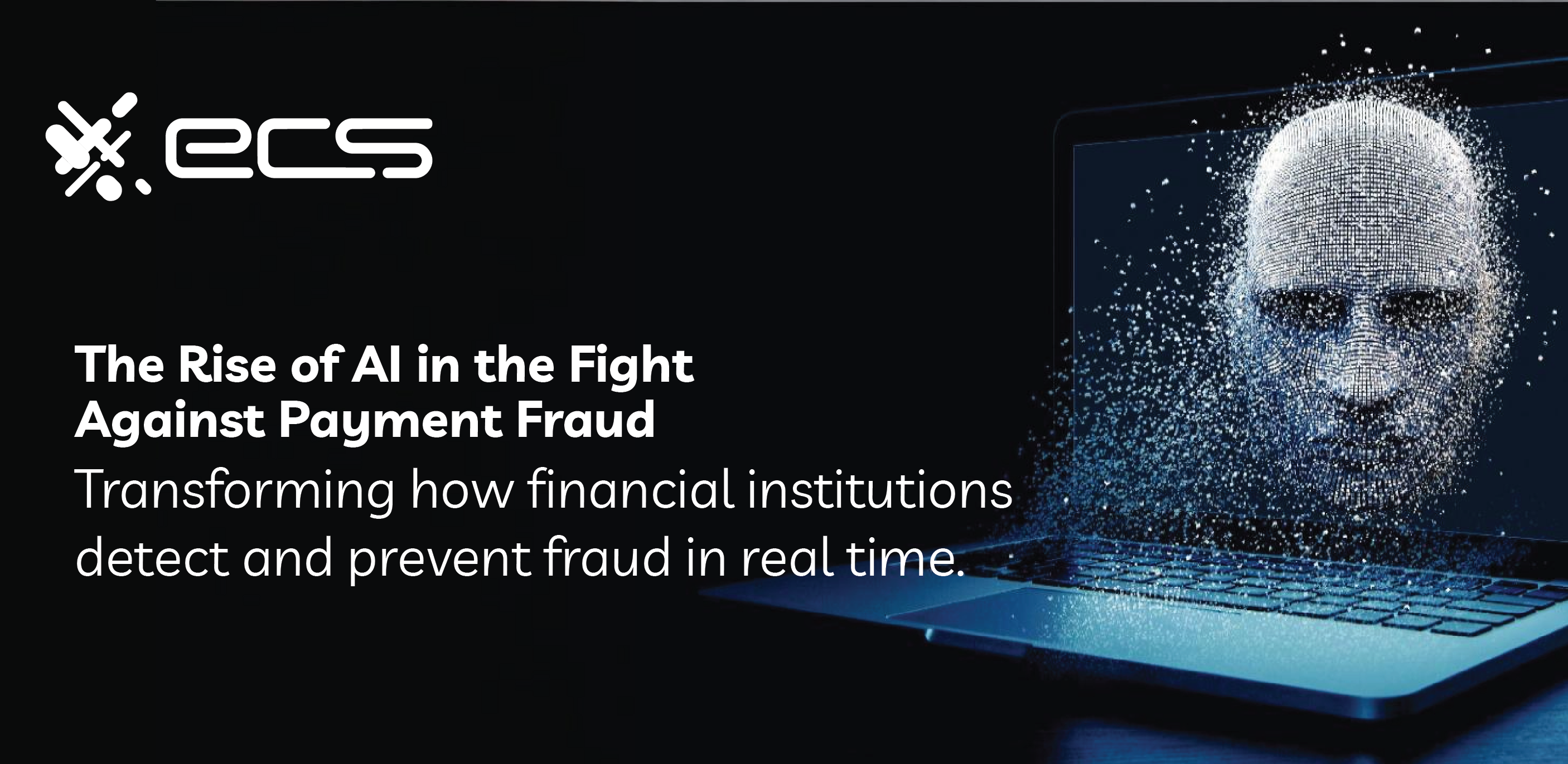As the reign of the digital economy has taken root, fraud has significantly increased, affecting both consumers and merchants. Traditional fraud detection methods are based on manual review and pre-set rules. As a result, these methods have struggled to keep up with modern fraudsters’ evolving and sophisticated tactics.
As the digital payment landscape continues to develop, more advanced solutions have become necessary. Artificial intelligence has become an increasingly important weapon in the fight against fraud.
Let’s look at artificial intelligence’s role in payment fraud prevention and detection.
Benefits of AI in Fraud Detection
Artificial intelligence has many benefits in any field, especially the financial sector. AI can analyze large amounts of data to identify strange patterns and anomalies that human analysts could miss, resulting in faster and more precise decision-making. Unlike traditional systems, AI models use machine learning mechanisms, which continuously learn from new data to enhance their predictive accuracy and adapt to evolving fraud tactics. This dynamic approach enables real-time detection and prevention of fraudulent transactions, significantly reducing potential losses.

Real-Time Fraud Detection
AI’s most notable benefit for fraud prevention rests in its capability to analyze transactions instantly as they occur. Fraud detection can occur in real-time because online learning algorithms update instantly during fraud events. The ability to process transactions in real time is a key factor for managing high-volume transaction data without interruption, so legitimate transactions proceed quickly as fraudulent ones are efficiently detected and stopped.

Enhanced Detection Accuracy and Reduced False Positives
AI fraud detection systems have proven to be more accurate than traditional methods. Traditional fraud detection systems rely on predefined rules and specific thresholds to flag suspicious transactions. However, these antiquated systems now struggle to keep up with modern fraudsters’ constantly changing tactics.
On the other hand, AI-powered systems leverage machine learning algorithms to constantly learn from newly introduced data and refine their fraud detection models. Evolution within the AI model enables them to identify emerging fraud patterns and stay ahead of the curve.
Moreover, AI fraud detection systems can analyze a wider range of data points, including transaction specifics, consumer behavior, and generalized network activity, to create a comprehensive risk profile for individual transactions. This holistic approach allows for more accurate fraud detection and reduces the number of false positives, which can be costly and inconvenient for both businesses and customers.
The Growing Adoption of AI in Financial Institutions
Because digital payments require processing through financial institutions, it is a priority for these institutions to implement AI to improve their fraud prevention capabilities. Research has indicated that 71% of financial organizations had implemented AI and machine learning systems for fraud detection by 2024–a 66% growth from the previous year. The significant increase in tech integration in financial institutions reflects how serious these businesses are in stopping widespread fraud.
Sophisticated fraud schemes target the financial industry via ploys such as deepfakes and synthetic identities. Deep Fakes are digitally altered content in which someone’s face or body is replaced to look like another person. Deep Fakes are generally designed without permission for malicious intent to spread false information. On the other hand, synthetic identities are when fraudsters build entirely artificial identities by mixing legitimate and fabricated details, which they can exploit to establish accounts, obtain loans, and commit fraudulent purchases.
The fintech sector experienced a 700% rise in deep fake incidents during 2023, severely testing conventional fraud detection methods. This significant increase in malicious activity demonstrates how important it is for financial institutions to take advantage of AI’s sophisticated abilities to detect and counter intricate fraud schemes to provide secure protection for financial institutions and their patrons.
Case Studies: AI in Action
International Credit Card Company Uses AI to Detect Fraud in Real Time
As a leading credit card provider in Thailand, Krungthai Card PCL (KTC) faced increasingly sophisticated threats from bad actors and high-risk merchants; it partnered with an American Payment Systems Company, ACI Worldwide, to enhance its fraud detection capabilities using artificial intelligence (AI) to combat fraud in real-time.
This AI solution enabled KTC to identify odd and unusual customer activities and reduce false positive alerts while avoiding unnecessary complexity or friction for clients. ACI’s model generator has helped KTC’s fraud teams to quickly create adaptive machine-learning models, leading to improved fraud detection and minimized costs.
As a result, KTC achieved fraud detection rates exceeding 85%. Additionally, KTC reduced its false positives to 3 to 1 ratio of legitimate transactions being flagged. With fewer interruptions from legitimate transactions, KTC’s consumers have reaped the benefit of improved customer experience.
Mastercard: Detecting Fraud Before It Happens With AI
Mastercard has incorporated AI into its fraud-prediction technology to detect compromised credit and debit card numbers earlier than before. It can rapidly pinpoint compromised cards and potentially identify at-risk merchants or payment processors by analyzing contextual data such as geography, time, and addresses.
Mastercard’s proactive approach to using AI in fraud detection allows banks to issue card replacements before criminals can use them and minimize disruptions in customers’ ability to use their cards.
This initiative supports a broader industry effort to enhance security by moving away from static card numbers and toward unique transaction identifiers. This shift will ultimately diminish stolen card information.
Cognizant: Reducing Check Fraud With AI
Even though digital payments, such as credit and debit, have skyrocketed in recent years, check and ACH payments remain necessary. As a result, a large bank has cooperated with Cognizant, a large consulting and service firm, to construct a Machine-learning solution to reduce check fraud by applying a neural network to scan handwritten checks to detect fraud.
AI systems then assign a score to categorize each check as legitimate or fraudulent based on its findings of suspicious elements. If a check were flagged as suspicious, it would require further human review. In addition to faster and more exact fraud detection, this solution is projected to have $20 million in reduced fraud.

Challenges and Considerations
As you can see, AI has fortunately brought significant advantages to fraud prevention, such as real-time detection and prevention, more accurate detection of fraud and flags, and less reliance on human verification.
However, certain difficulties associated with its implementation exist, such as the quality of the data, the interoperability of systems, and the availability of specialized personnel for the operation of these systems. Moreover, as these systems become increasingly common, fraudsters are also turning to intelligent systems, which forces defenders to make continuous progress in artificial intelligence.
What is certain is that this is a cycle that, with the best use of policies and the best-qualified men, will never end. This question of agility and flexibility is centered on creating machines that detect fraud, learn and evolve in real-time, and take advantage of every attempted attack as an opportunity to grow smarter with each encounter.
Conclusion
Artificial intelligence has revolutionized payment fraud prevention, providing agile, real-time, and intuitive solutions against increasingly effective fraud. In a word, as financial institutions continue to build artificial intelligence into their security architectures, they can expect to have an improved detection capacity, reduced false positives, and enhanced confidence in the system. It is nevertheless important to keep changing artificial intelligence approaches to combat constantly evolving fraudulent activity.
